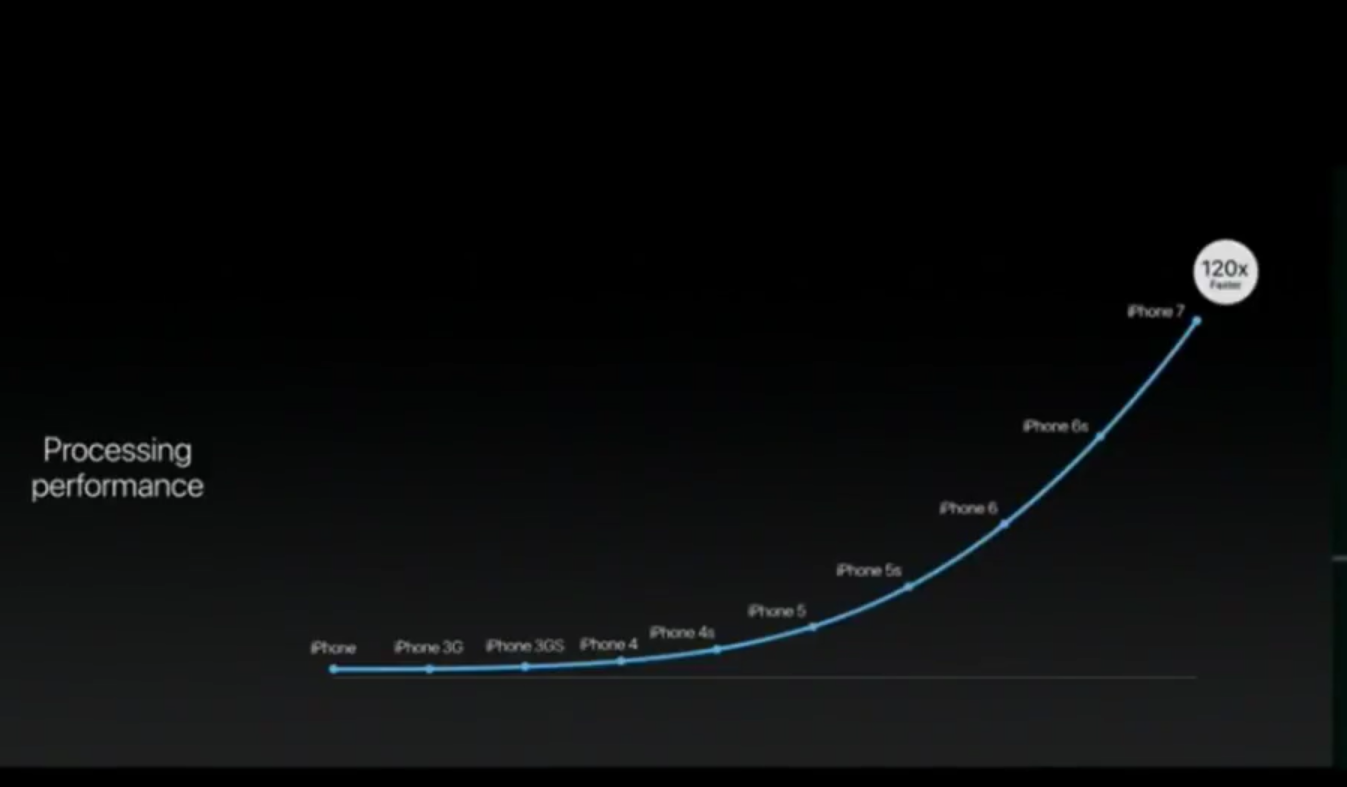Back in the days, When computers burst onto the scene they looked like this. they filled up a large room, used enough energy to power a small house and they broke down... a lot. For all their size and cost they were quite incapable by todays standards. This handy graphic shows you how much we've come in terms of processing power. Its quite mind boggling to think that the tech in our pockets is more powerful than the supercomputers from just 25 years ago. The notion that your smartphone is more powerful than the computers that NASA used to send men to the moon is totally true and intact your Instagram machine blows those 1960s era computers out of the water. So how did machines that are capable of modelling nuclear detonations end up being literally child's play?
Moore's Law
That image kind of gives you an idea as to how small a transistor is.
So you'd be right to think let's just keep shrinking transistors to get more processing power.
The 5nm Limit
Turns out you can only shrink a transistor so much before the quirky world of quantum physics throws a metaphorical wrench into the works. When transistors approach 5nm they're so small that electrons can just teleport to the other side of the transistor thereby rendering them useless (The technical term is Quantum Tunnelling but for all intents and purposes just think of it as teleportation). So Chips beyond the 5nm limit will be highly error prone and it just won't be worth shrinking transistors to those sizes as we won't see much of a performance improvement. Scientists have known about this limit for a while and they have made alternative chip designs that will give us more processing power even after we've hit the 5nm mark. But these all require extensive architecture overhauls and with our current operating systems thats just not feasible.
This new report by MacRumours, shows off an Apple patent that envisions a processing chip that is stacked. Currently all SoCs(System on a chip we'll just call them processors) are laid out on a two dimensional plane that is the chip is flat. What Apple plans to do is to add another layer of transistors over this existing layer, thereby increasing the number of transistors available for computation. This approach does mean that the chips will be getting slightly thicker although I don't expect phones to get much thicker due to this. With Apple expected to release a 7nm chip this year, the 5nm future doesn't seem all that far off. With Moore's law plateauing in other parts of the industry, it will be interesting to see how Apple keeps the performance gains that we've come to expect from every iPhone release into the mid 2020s. Sure there will come a time when even stacking won't allow us to cram even more transistors onto a chip but that day is a long way off and I'm sure the geniuses at Apple or any other chip manufacturer will find a way to keep making those chips faster and faster.



Comments
Post a Comment